A property that qualifies as a furnished holiday let (FHL) enjoys several tax advantages, including business asset disposal relief, and the ability to claim capital allowances and rollover relief - when compared with non-qualifying properties.
FHL status is defined by its occupancy conditions. The three main rules are:
- the property must be available for occupation as furnished holiday letting for at least 210 days in the year
- it must actually be let commercially as furnished holiday accommodation to the public for at least 105 days in the year
- No single letting must exceed 30 days in duration
There are further rules regarding longer-term lettings, but we are not considering those here. The tests generally apply for the tax year but can be applied to a different 12-month period for new lets, or ones that cease part-way through a tax year.
Issues specific to 2020/21
In 2020/21, owners of holiday accommodation were hit by COVID-19 lockdown restrictions, meaning that many will not meet the above occupancy tests. This could cause a loss of FHL status. An averaging election* is unlikely to help, as the restrictions will have affected all properties. However, a ‘period of grace election’ could preserve the status.
A period of grace election simply treats a non-qualifying year as a qualifying year, preserving the entitlement to the various tax breaks. It can be made if there was a genuine intent to meet the conditions. However, an election cannot be made if there has never been a year where the conditions were met - so it won't help new FHL landlords. Once a period of grace of election is made, a further election can be made for the subsequent year, but after that the property must meet the conditions or it will lose its FHL status.
The election can be made on the tax return for the relevant year, or it can be made by writing to HMRC, e.g. where the return has already been filed.
Please see the government guidance document here for further information.
* Averaging election
If you let more than one property as an FHL, and one or more of these properties does not meet the letting condition of 105 days, you can elect to apply the letting condition to the average rate of occupancy for all the properties you let as FHLs.


.jpg)

.jpg)



